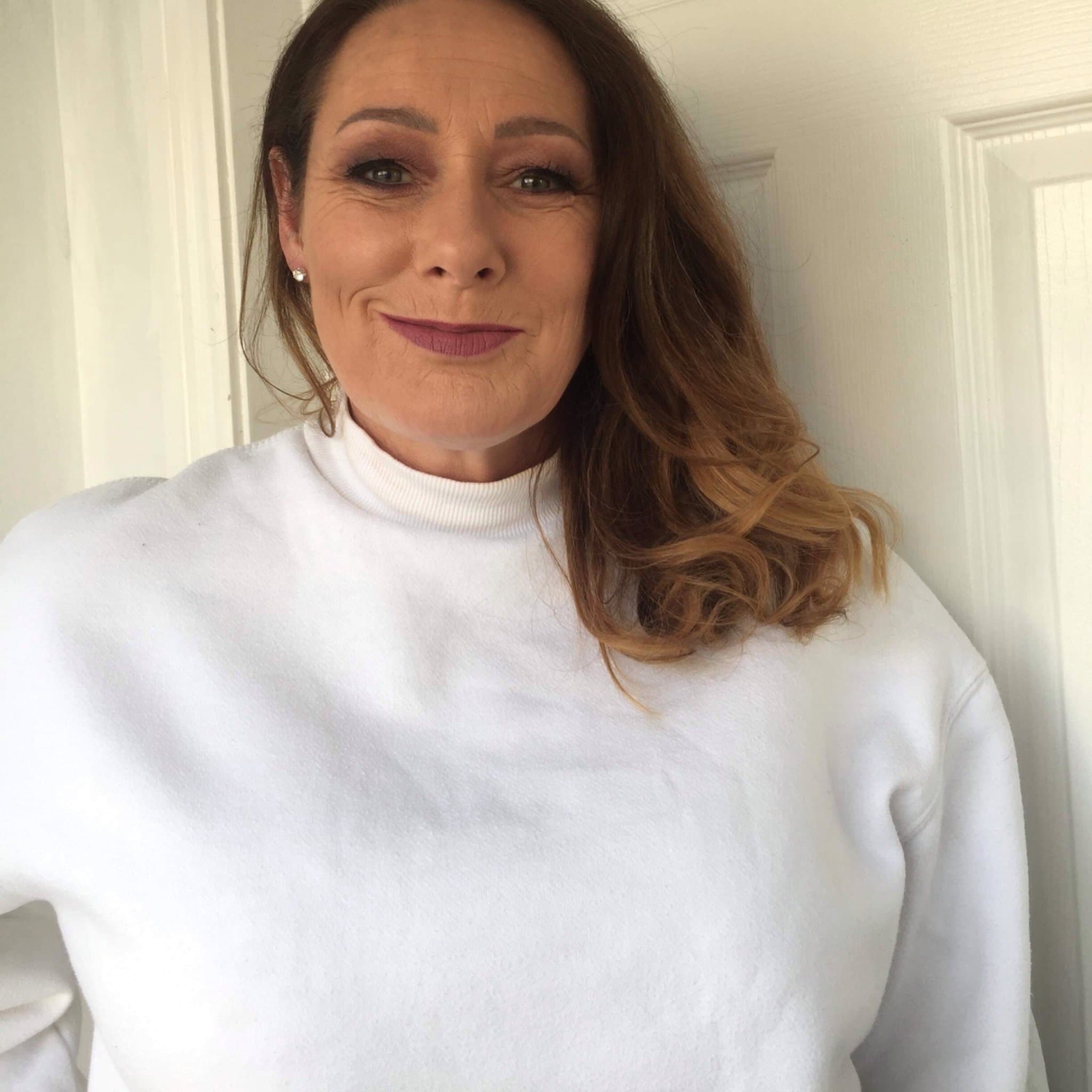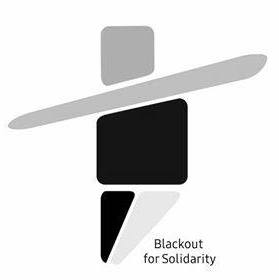How do you explain racial bias to your children? By Paula McKenzie – Parent and Relationship Mentoring Education
How do you explain racial bias to your children?
I have chosen the Comic Sans font as this is the font used primarily in National Schools and is easily recognizable to young students who may want to read this with their parents.
I recall a young white child saying to a black child (Person of Colour); ‘You can’t play with us because you’re black’. The black child innocently and rightly asked; ‘Why, what’s the difference?’
This wonderful, honest, authentic question revealed the inherited difference of attitudes towards black people (People of Colour) and how eventually this becomes internalised shame, self-doubt and self-protective.
Where did the internalised shame, self-doubt, protectors originate? Where did this young white boy learn this attitude after all, he was not born racist, biased or prejudiced?
Parents/Carers/Teachers/Guardians talk with children about the atrocities black people have experienced because the only difference is their skin is colour. In doing so, you are creating an opportunity for questioning, which ultimately leads to understanding and non-judgement.
Talk with your child/ren about history and how it exposes inequalities, how black people had to fight for their civil rights. When we do this, we are teaching our children how to respect each other.
Ask your child/ren to imagine what it would be like for them in school if their teacher said only black children can play outside today, only black children can drink from the taps and all the white children in the class get homework. Ask your child to imagine what it would be like if white children were made to sit at the back of the bus.
People have come together internationally to protest the unfair treatment of George Floyd and other People of Colour killed and mistreated because of their skin colour.
This has prompted public outcry and #Black Lives Matter campaigns dominating social media to highlight the injustice and racial profiling that occurred. Children will have questions, they will feel confused and many children have witnessed and experienced incidents of racial bias at home, school and communities. Parents/teachers/guardians have an individual and collective responsibility to model to their children respect, care and compassion towards others.
Racial bias influences and directly shapes our communities for example a white person is most likely going to be employed over a person of colour or a person from the travelling community. The travelling community have had to hide their true identity as a result of discrimination and biases. This is not conditional. Racism is an abuse of power.
Unconscious and conscious bias directly influence decisions that affect the lives of ethnic minorities negatively access to health services, employment, and in reality, people of colour are too often targeted without just cause through racial profiling as we’ve witnessed with the George Floyd murder.
.
Adults also have a responsibility to look at and seek support for their own racism and bias towards people they perceive to be different. Children observe very closely how parents and other significant adults interact and relate to others.
No person is less deserving of respect and dignity.
I have put together some questions I believe children may ask around racial bias and how best to respond. When children ask questions, we need to listen and explore with them often they are testing to see how you respond.
Questions your child may ask;
Q. ‘Why are all these people together, shouting and holding signs?
A. People are sad and angry about how a black man was treated by a police officer, so they are coming together to protest. They are not happy because he was not treated fairly.
A protest is when people come together to show they don’t like what has happened or have a problem with something and they want others to know how they feel.
People are protesting or coming together to show they are not happy about how the black community are being treated unfairly. They want to end Racism.
Q. What is Racism?
A. Racism is when another person is treated differently because of their skin colour or how they look or just because of who they are.
Q. Why are people racist?
A. People are racist because they see the other person as different because of how they look.
Q. A girl in my class was mean to another girl because she has brown skin. what can I do?
A. You can say it’s wrong that it’s unkind to be mean and everyone should be treated fairly.
Parents talk with your child about what is fair and unfair, children are amazing at identifying unfairness in many situations. I mentioned previously, children are not born racist, this is learned from the adults around them. When adults look at their own biases and the messages, we relate to our children about other cultures we are teaching our children social justice and social equality by valuing and caring for each other. Teach children to learn from other cultures and their experiences.
Explain to children that racism exists everywhere, however we can take positive action when we witness racism by standing up to injustices. Talk with children about how they are feeling and what their thoughts are about the current issues. Encourage your child/ren to take an active role against racism and ask what they might do to respond to racist acts.
Racism is a felt experience, something I can only imagine.
I have witnessed racism, bias, racial profiling by authorities and a general change in behaviour people towards people of colour in the community I live, the schools I work in and in my everyday interactions.
I will stand up and address injustice, racism when I notice it.
However, I first need to become consciously aware of my own biases.
Article by Paula rose McKenzie
Parent and Relationship Mentoring Education

https://www.facebook.com/paulamckenzieparenting/




































































































































































































































































